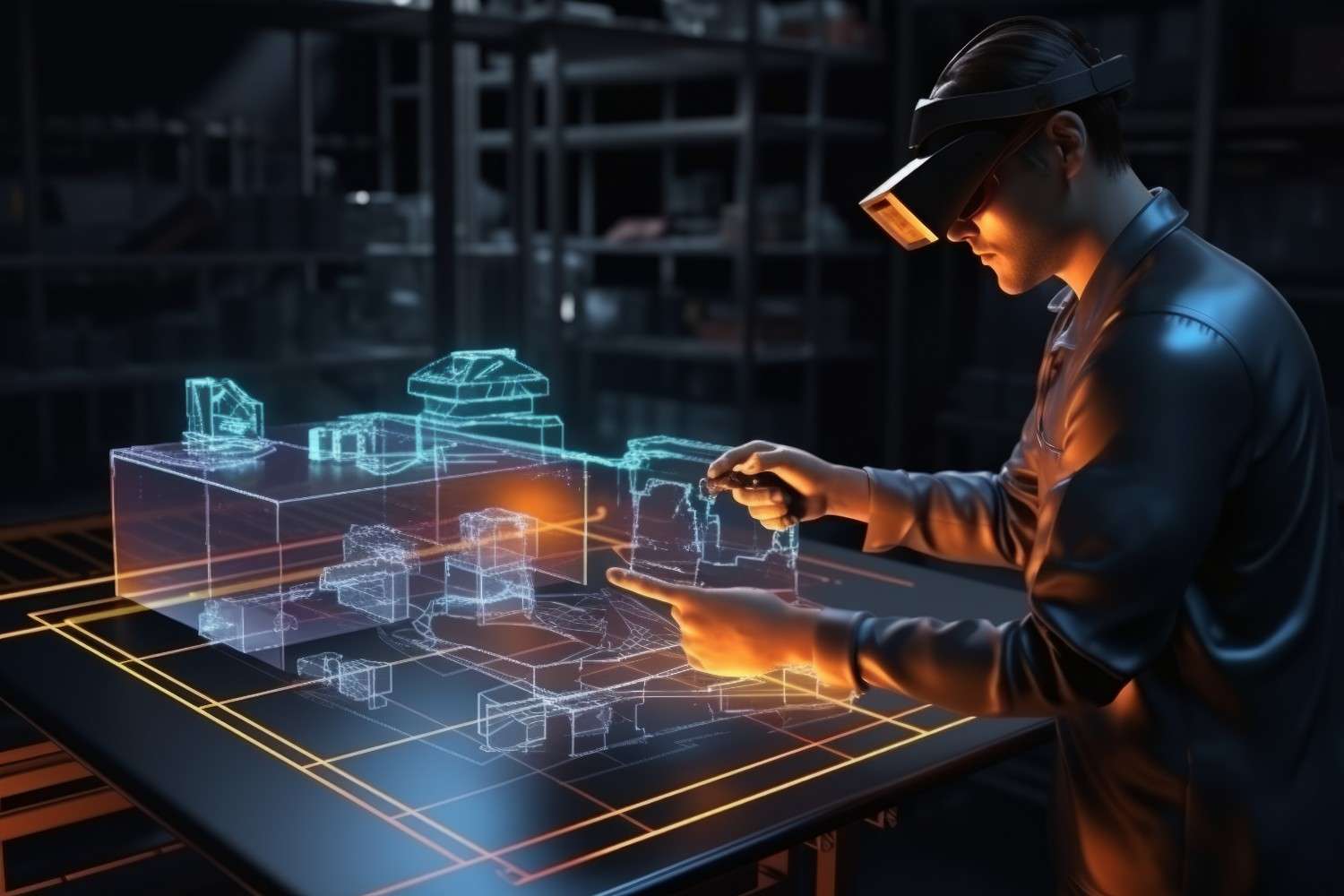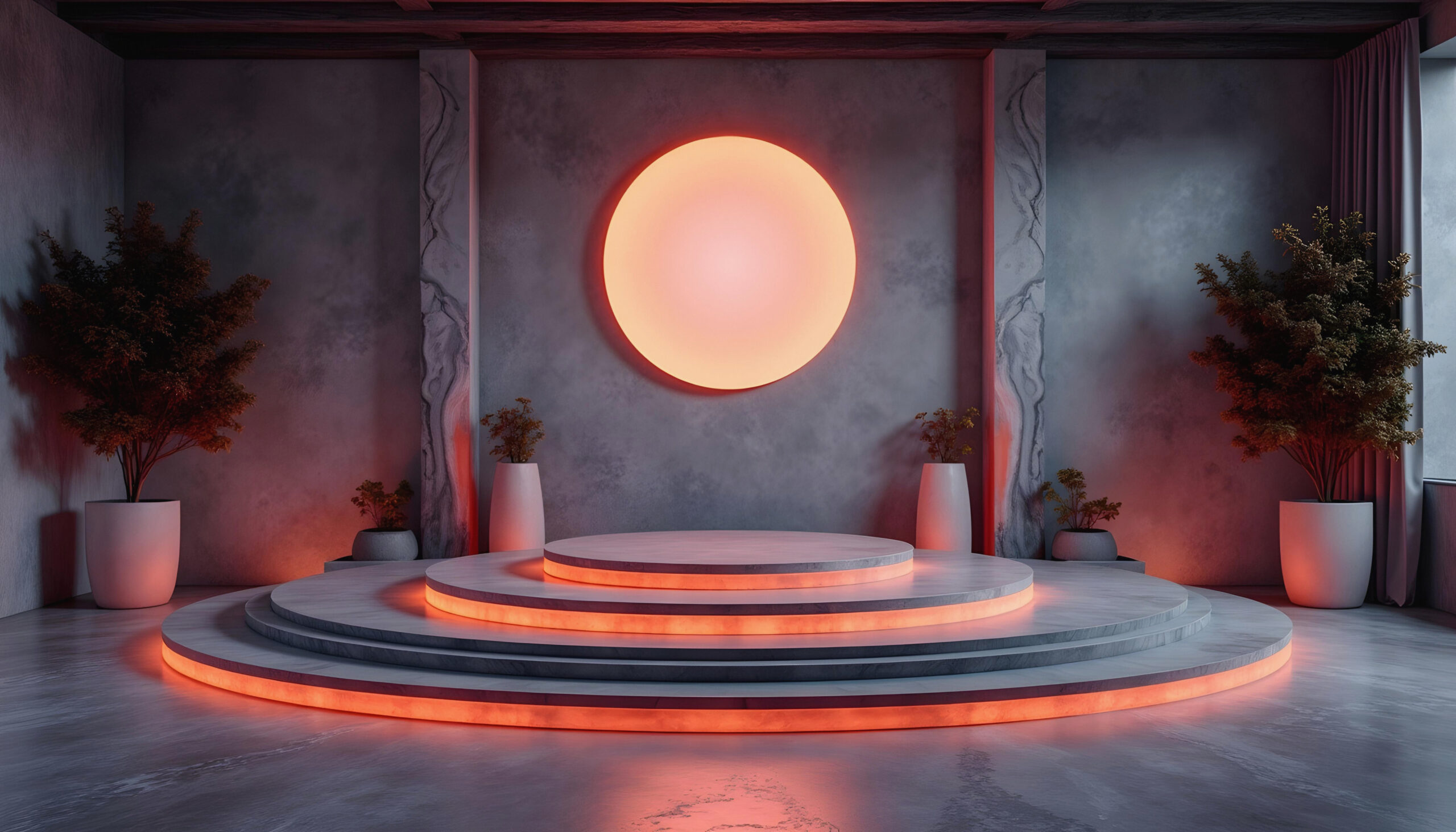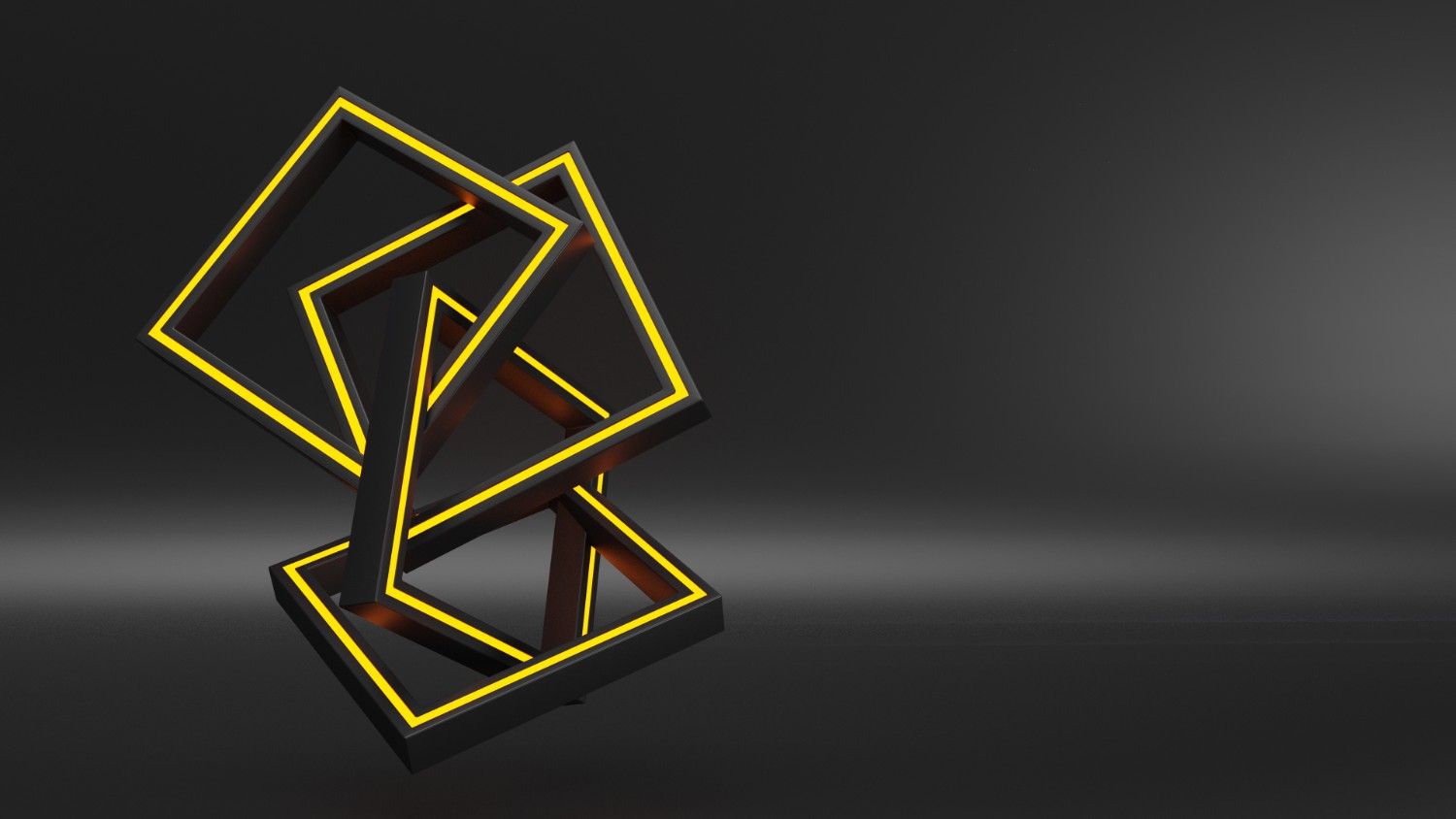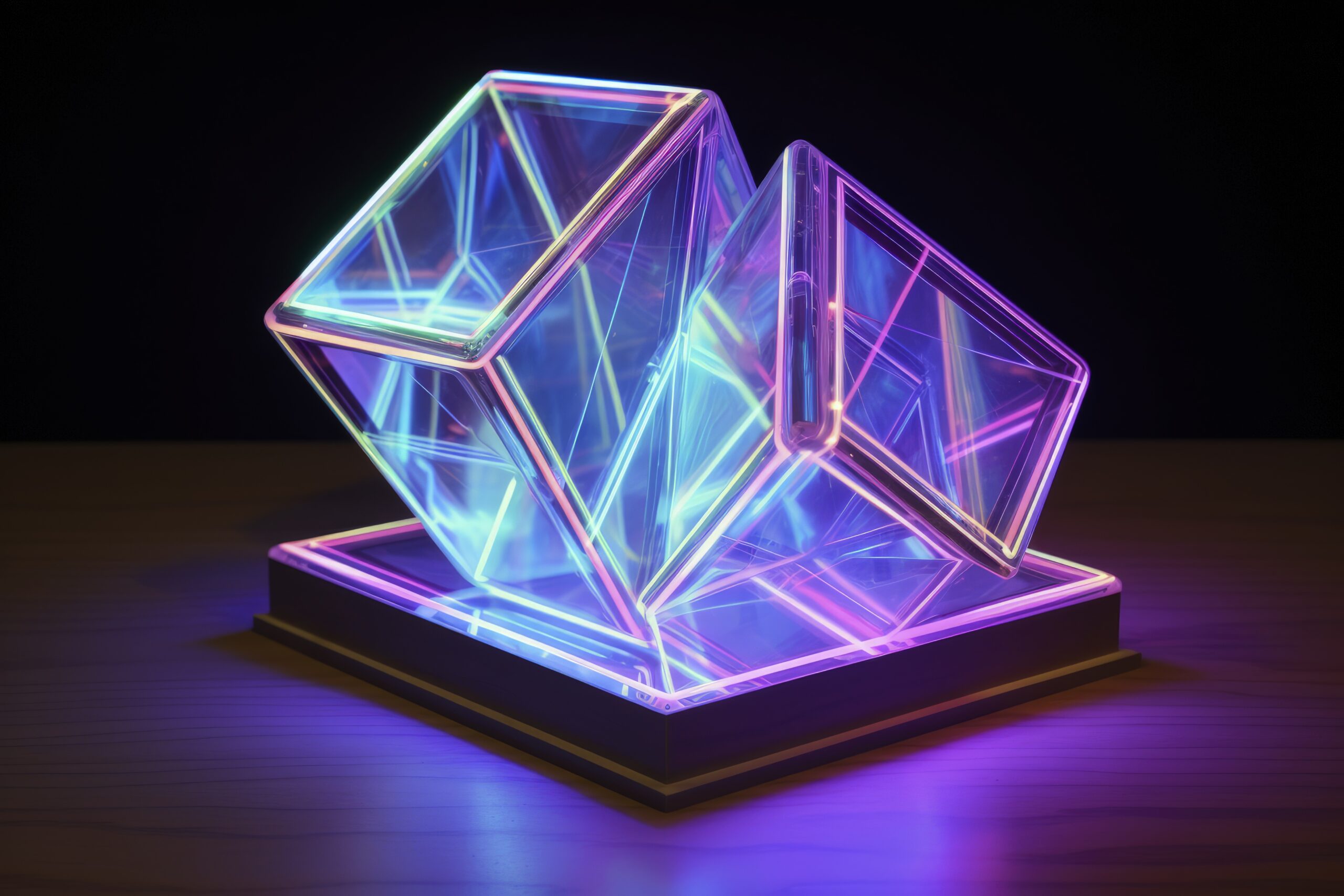In a world increasingly dominated by visual communication and digital immersion, the ability to conceptualize, visualize, and interact with objects before they exist is the ultimate competitive advantage. Whether you are scrolling through a furniture catalog, trying on virtual glasses via your phone, or reviewing the blueprint of a new commercial building, the experience is anchored by a fundamental digital technology: 3D Modeling.
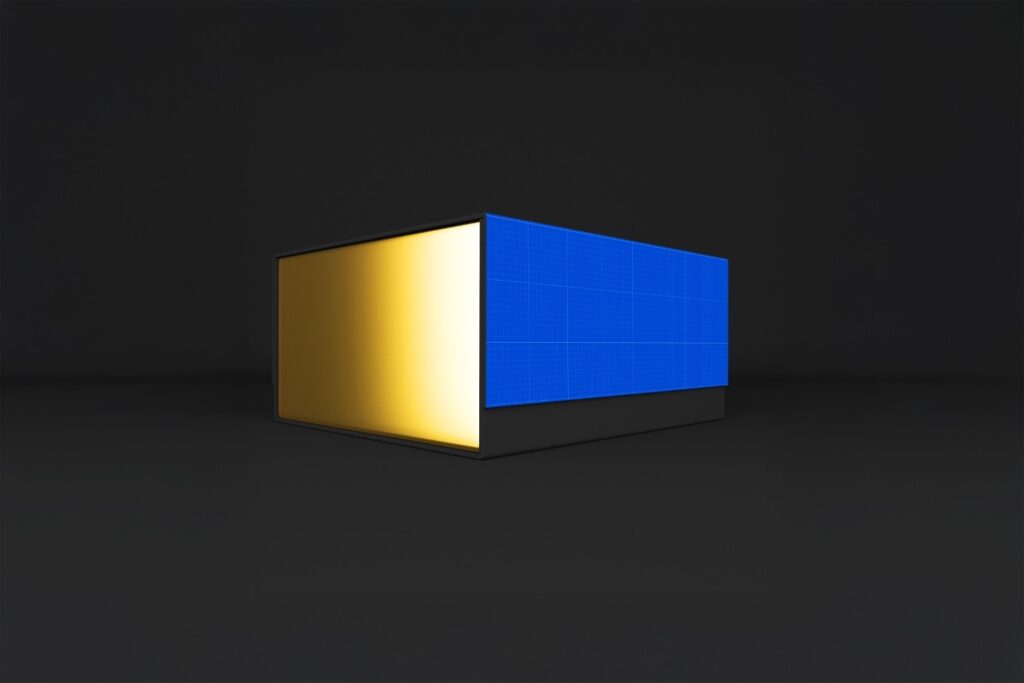
3D Modeling is the technical and artistic process of creating a three-dimensional mathematical representation of any surface or object using specialized software. Unlike two-dimensional drawings that require mental assembly, a 3D model is a complete digital entity—a virtual twin that captures geometry, volume, and inherent properties. From the smallest electronic component in a medical device to the expansive environments of a video game, 3D models are the universal language of design, engineering, and content creation.
The relevance of 3d modeling and design has exploded far beyond its origins in CAD (Computer-Aided Design). It is now the engine driving the Fourth Industrial Revolution, powering everything from manufacturing and healthcare to marketing and entertainment. In a market where visual quality is non-negotiable and speed-to-market is everything, the ability to generate, iterate, and visualize products digitally is paramount.
We will delve into how services like Outsource 3D Modeling services are enabling brands to access photorealism, accelerate development, and seamlessly integrate into new platforms like Augmented Reality – Virtual Reality (AR/VR), ultimately underscoring why 3D modeling is the indispensable cornerstone of the modern economy.
What is 3D Modeling? The Digital Sculpting Revolution
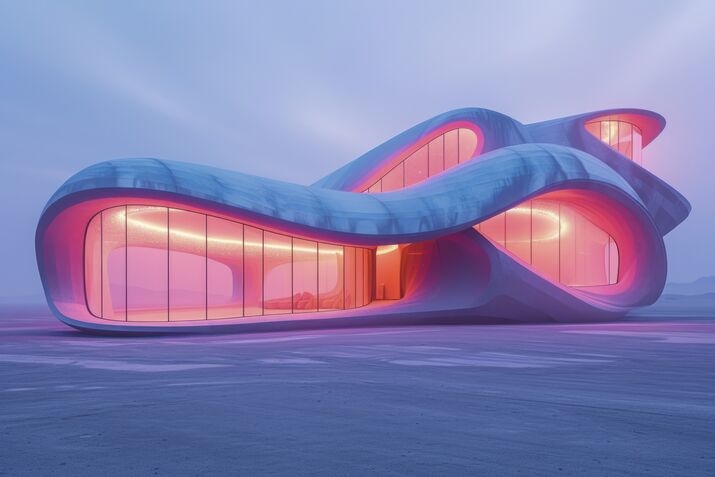
At its core, 3D Modeling is the process of creating a three-dimensional mathematical representation of any surface or object using specialized software. Unlike traditional 2D drafting, which provides flat, limited perspectives, a 3D model exists in a virtual space, allowing for a complete, 360-degree examination of the object’s geometry, volume, and structure.
The digital creation process is akin to sculpting in a virtual environment. Artists and engineers manipulate points (vertices), lines (edges), and surfaces (polygons) in a coordinate space to define the shape. The resulting digital asset, or 3D model, serves as the ultimate blueprint, ready for visualization, simulation, and real-world production.
The Essential Workflow Components
Creating a high-quality, market-ready 3D asset involves several critical, sequential steps:
- Modeling (Geometry Creation): This is the foundation, where the raw shape is built. Techniques range from polygonal modeling (manipulating meshes of points and surfaces) for organic shapes, to NURBS (Non-uniform rational B-splines) for smooth, mathematically precise curves, and CAD (Computer-Aided Design) for engineering-grade precision.
- Texturing: A raw 3D model is typically just a grey shape. Texturing is the crucial process of applying visual detail, color, and material properties to the surface. It’s what makes a virtual object look like wood, polished metal, fabric, or stone. It involves creating and applying “texture maps” (2D images) to the 3D surface, defining its color (albedo), reflectivity (specular), roughness, and simulated surface detail (normal or bump maps).
- Lighting and Setup: The virtual environment is prepared by adding virtual lights, which are essential for realism. Just like in photography, proper lighting dramatically affects how the materials and shape of the model are perceived.
- 3D Rendering: This is the final, computationally intensive step. 3D Rendering is the process of generating a photorealistic (or non-photorealistic) 2D image or animation from the completed 3D scene. The rendering software calculates how light interacts with all the surfaces, shadows, and materials within the scene, producing the final high-quality image that clients and customers will see. This render is often indistinguishable from actual photography, making it invaluable for marketing.
The Paramount Importance of 3D Modeling Across Industries
The shift from 2D to 3D has driven revolutionary efficiencies and new business models across numerous professional fields. Here’s a look at the most prominent applications and their direct impact on business operations and consumer engagement.
1. 3D Architecture and Construction Visualization
For architects, developers, and real estate professionals, 3D Architecture modeling is transformative. It turns complex technical drawings into intuitive, emotionally engaging experiences.
- Improved Communication and Approval: Clients who struggle to read blueprints can walk through a photorealistic, rendered visualization of a building or interior space. This reduces miscommunication, speeds up the approval process, and allows for feedback on aesthetics and functionality early on.
- Conflict Detection and Cost Savings: By creating a fully detailed 3D model, architects and engineers can detect potential “clashes” (e.g., a pipe intersecting a structural beam) before construction begins. Identifying and resolving these issues digitally saves enormous amounts of time, money, and material waste on site.
- Marketing and Sales: High-quality 3D Rendering for unbuilt properties allows for powerful marketing campaigns, selling the vision to investors and buyers years before the ground is broken.
2. 3D Product Design and Manufacturing
In the manufacturing world, 3D Product Design has streamlined the entire product development lifecycle, moving away from expensive, slow physical prototyping.
- Rapid Iteration and Prototyping: Designers can rapidly adjust a 3D model—tweaking dimensions, changing materials, or altering geometry—and immediately visualize the results. This allows for countless design iterations at a minimal cost. The final model can be quickly exported for 3D printing or Computer Numerical Control (CNC) machining.
- Marketing Without Inventory: Before a single unit is manufactured, companies can use photorealistic 3D Rendering of the model for their e-commerce listings, advertising, and packaging. This allows for simultaneous marketing and production, accelerating time-to-market.
- Detailed Documentation: The 3D model serves as a precise, detailed digital twin, containing all the necessary measurements and material data needed for accurate manufacturing and quality control.
3. Special Focus: Outsource 3D Furniture Modeling
The furniture and home goods industry has seen an explosion in the utility of 3D modeling, particularly with the rise of e-commerce. Outsource 3D Furniture Modeling has become a highly sought-after service for several key reasons:
- Virtual Showrooms: Instead of costly physical photography that requires logistics, studio space, and multiple product variants, one precise 3D model can generate hundreds of high-quality lifestyle renders simply by changing the virtual scene, lighting, and textures.
- Configuration and Customization: 3D models allow customers to instantly change fabric colors, wood finishes, and product dimensions on a website. This dynamic customization significantly boosts engagement and conversion rates.
- The AR/VR Advantage: The furniture model is the essential asset for deploying Augmented Reality – Virtual Reality experiences, allowing customers to digitally place a piece of furniture in their own living room using a smartphone before purchasing.
4. The Immersive Frontier: Augmented Reality and Virtual Reality
Augmented Reality (AR) and Virtual Reality (VR) are the future of interaction, and neither can exist without high-quality 3D assets.
- Augmented Reality (AR): This technology overlays digital content onto the real world (e.g., Pokémon Go, or the “try-before-you-buy” functionality in retail apps). AR uses optimized 3D models to allow users to visualize products in their physical space. For a furniture retailer, this drastically reduces buyer’s remorse and product returns.
- Virtual Reality (VR): VR creates a fully simulated environment (e.g., for training simulations, virtual tours, or gaming). High-fidelity 3D modeling is essential for building every element of the virtual world, from the terrain and buildings to characters and small props, ensuring the experience is immersive and believable.
The Strategic Decision to Outsource 3D Modeling Services
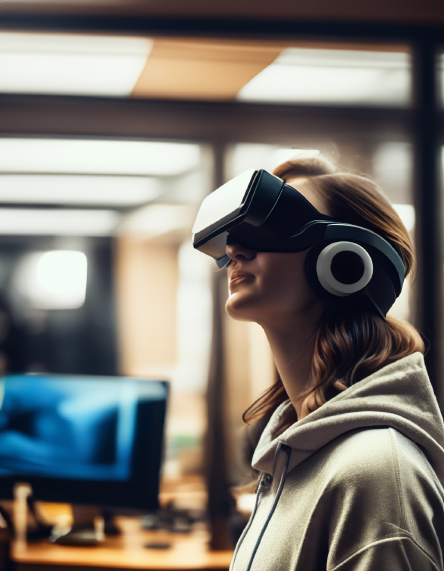
For many businesses, maintaining an in-house team of expert 3D modelers, texture artists, and render specialists is prohibitively expensive and unnecessary for non-core operations. This is why the strategic decision to Outsource 3D Modeling services has gained massive traction, offering distinct competitive advantages:
- Cost Efficiency: Outsourcing converts a fixed, high operational cost (salaries, software licenses, hardware) into a variable, project-based cost, resulting in significant savings.
- Access to Specialized Expertise: Reputable outsourcing firms offer specialized talent in fields like architectural visualization, mechanical precision modeling, 3D Furniture Modeling, or optimization for Augmented Reality – Virtual Reality—expertise you might not find locally.
- Scalability: Whether you need a single 3D Product Design model or hundreds for an entire product line, an outsourcing partner can scale resources up or down quickly to meet demanding deadlines.
- Speed and Focus: By offloading complex, time-consuming modeling and Texturing workflows, your in-house team is free to focus on core competencies like product innovation, sales, and client relationship management.
The Workflow for Professional 3D Modeling and Design
A successful project, particularly when engaging with an external partner, follows a clear and rigorous process to ensure quality and precision:
- Conceptualization & Briefing: The client provides sketches, CAD files, photographs, or detailed specifications. The goal is defined (e.g., photorealistic render for e-commerce, or an optimized model for AR).
- Initial Modeling (Blocking): The 3d modeling and design artist creates the base geometry of the object, focusing purely on accurate shape and scale.
- Detailing and UV Mapping: Fine details are added. UV mapping is performed, which essentially “unwraps” the 3D model into a flat 2D layout, preparing it for the application of textures.
- Texturing and Material Application: The surface properties (Texturing) are applied to match real-world materials, ensuring the model is photorealistic.
- Scene Setup and Lighting: The model is placed in a virtual environment, and the lighting is adjusted for the desired visual outcome.
- High-Resolution 3D Rendering: The final image or animation is generated. For AR/VR models, the focus shifts to optimization—reducing polygon count while maintaining visual fidelity—to ensure smooth performance on mobile and headset devices.
- Quality Assurance and Delivery: The final renders and/or the optimized 3D model files are delivered to the client, ready for use in marketing, AR apps, or manufacturing.
Conclusion:
3D Modeling is more than a technological trend; it is the visual language of the modern business world. Its importance spans the foundational stages of 3D Architecture and 3D Product Design to the cutting-edge experiences of Augmented Reality – Virtual Reality.
For forward-thinking professionals and businesses, the ability to visualize, simulate, and communicate ideas with absolute clarity is the defining competitive edge. By strategically choosing to Outsource 3D Modeling services, you are not just acquiring a digital asset; you are investing in streamlined workflows, reduced error costs, faster market entry, and unparalleled customer engagement. Embrace the digital dimension—the future of your business depends on it.
FAQ’s on 3D Modeling
1. What is the difference between 3D Modeling and 3D Rendering?
3D Modeling is the process of building the virtual, three-dimensional geometric shape of an object. 3D Rendering is the final step of generating a photorealistic 2D image or animation from that completed 3D model and scene setup (including textures and lighting).
2. Why should my e-commerce business use Outsource 3D Furniture Modeling?
Outsourcing 3D Furniture Modeling allows you to create high-quality, customized, photorealistic visuals for your entire catalog faster and cheaper than traditional photography, enabling customer-facing features like Augmented Reality product placement and online customization.
3. What is Texturing in the 3D Modeling workflow?
Texturing is the process of applying surface details, colors, and material properties (like roughness or reflectivity) to a 3D model. It is essential for making a model look like a real-world object, such as wood, glass, or fabric.
4. How does 3D Modeling help with Augmented Reality (AR) and Virtual Reality (VR)?
High-quality, optimized 3D models are the fundamental building blocks of both AR and VR experiences. They are what users see and interact with in the simulated (VR) or digitally enhanced (AR) environment.
5. Is 3D Modeling primarily for gaming and entertainment?
No. While critical for entertainment, 3D modeling is now indispensable in professional fields like 3D Architecture, engineering, 3D Product Design, manufacturing, medical visualization, and e-commerce for visualization, prototyping, and marketing.
6. What are the key benefits of using 3D Modeling in 3D Product Design?
The main benefits are reducing the need for expensive physical prototypes, identifying design flaws early (error detection), speeding up design iterations, and creating photorealistic 3D Rendering for marketing before the product is physically made.
